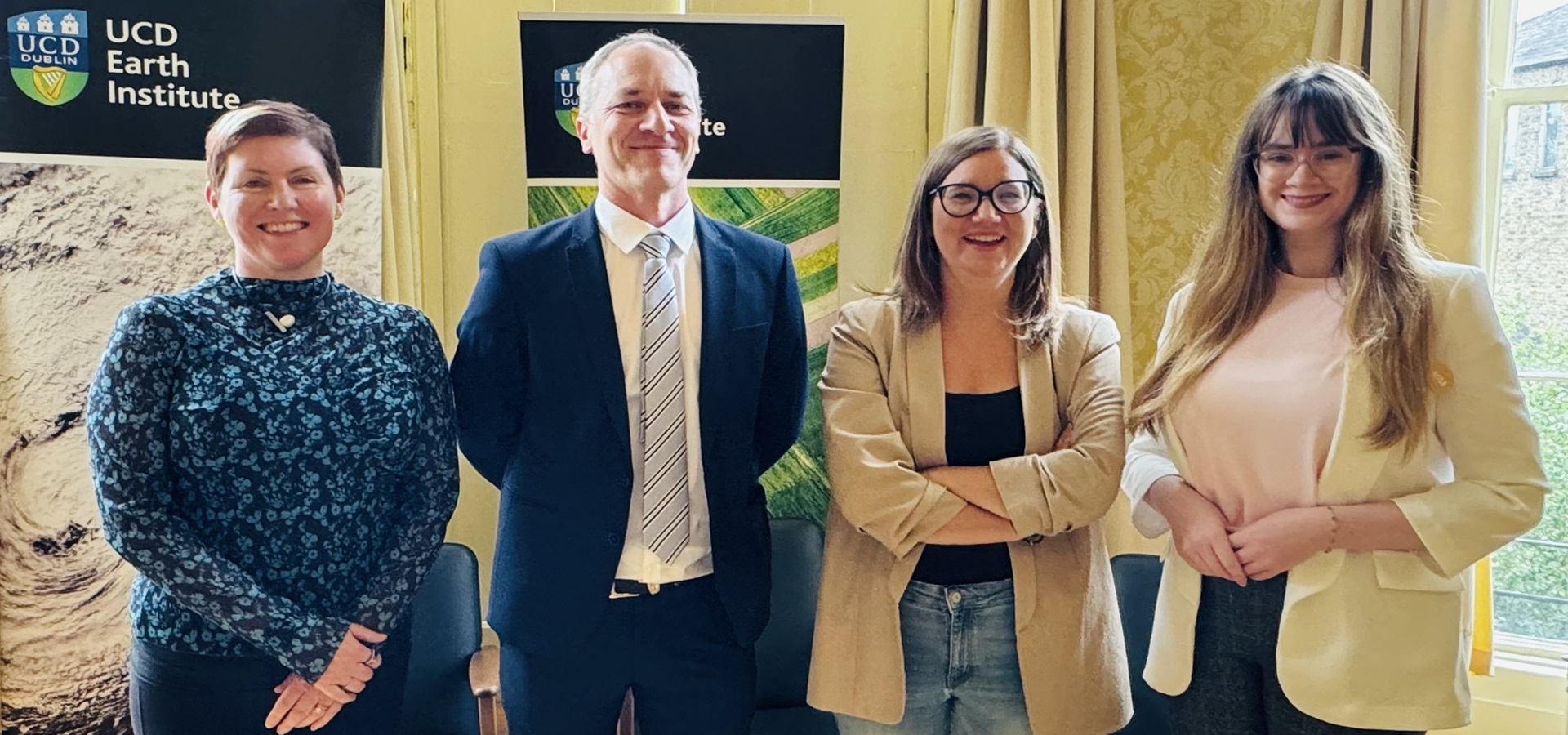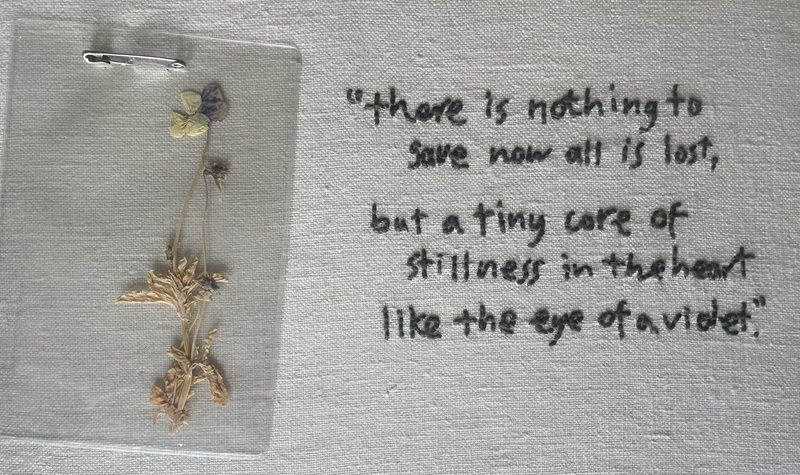Freshwater Quality in Ireland – Far from Good News
Earth Institute member and UCD School of Biology and Environmental Science Associate Professor Mary Kelly-Quinn is a freshwater ecologist and her recent research on how nearly 500 ‘near pristine’ freshwater sites in Ireland have been lost to pollution since 1980s was recently published in the Irish Times.

Ireland abounds in freshwater resources that are an integral part of what makes the island’s landscapes so beautiful. Our rivers and lakes are also essential sources of water for domestic, agricultural and industrial uses as well as places for a wide range of recreational, educational and other cultural activities. Despite this, water quality in Ireland is faring as badly as in many other parts of Europe.
The uplands are among the few areas in the country where ‘near pristine’ river can still be found.
Almost half of river and lakes monitored by the Environmental Protection Agency are not in good ecological health and are failing to meet the requirements of the Water Framework Directive.
Although good work is being carried out by the Local Authorities Waters Programme (LAWPRO), collaborating with stakeholders to find local-based solutions, water quality overall is not improving due to diffuse pollution from agriculture, point discharges from wastewater treatment plants and alteration to the physical habitat, so called hydromorphology. These will no doubt be exacerbated by climate change.
Raw sewage is being discharged to rivers from 34 town and villages and treatment at 12 large town and cities, which generate half of Ireland’s sewage, does not comply with EU standards according to a 2020 EPA report. Furthermore, the timeline to address this unacceptable pollution is either unclear or extended into the future prolonging damage to the aquatic environment and risks to human health.
Equally shocking and unacceptable is the loss of ‘near pristine’ river sites from over 500 in the EPA’s monitoring programme in the 1980s to just 22 in 2013-18 monitoring period with a small increase to 41 reported in the 2020 report1, although 4 of these were new sites. This represent not only a potential loss of Ireland’s biodiversity heritage but also sources of fauna to repopulate stretches of river where pollution pressures have been mitigated.

Pearl mussel Margaritifera margaritifera L. Photo: Evelyn Moorkens.
Loss of freshwater biodiversity is a global problem and has been described as an 'invisible tragedy hidden beneath the water surface.' The pearl mussel, our longest-lived invertebrate (>100 years) and one that requires the highest water quality, is listed as “critically endangered” on both the Irish and European Red Data lists.
I use the term ‘potential’ biodiversity loss because here in Ireland, apart from protected and most fish species, we have no monitoring of freshwater biodiversity at an appropriate level and thus it is not known if we are losing invertebrate or indeed other aquatic fauna and flora. Freshwater biodiversity loss needs to be acknowledged and better integrated into Ireland’s plans and actions relating to the Biodiversity and Climate Crises.
The scientific knowledge to address the water pollution problems is largely available and powerful mapping tools have been developed by the EPA. If we are to stem the decline in water quality and associated biodiversity losses, awareness generation and the political will to grasp the ‘pollution nettle’ need to be escalated.
Sources and further reading
EPA report on Water Quality in 2020: An Indicators Report [pdf]
EPA report on Urban Waste Water Treatment in 2020 [pdf]
EPA report on Water Quality in Ireland, 2013-2018 [pdf]
Reid et al. 2019. Emerging threats and persistent conservation challenges for freshwater biodiversity. Biological Reviews 94, 840-873.
About Mary Kelly-Quinn
Associate Professor Mary Kelly-Quinn is a freshwater ecologist in the UCD School of Biology and Environmental Science. Her research focuses on assessment of land-use and other anthropogenic activities on the physical, hydrochemical and ecological quality of surface waters with particular reference to multiple stressors and climate change.
Among her current projects is SSNet, a project investigating hydrochemical and ecological characteristics of headwater streams and the level of intervention needed in headwater catchments to improve their water quality and that further downstream. Site selection for this project highlighted the paucity of non-impacted headwaters in the midlands of Ireland adding to the body of evidence on degradation of Ireland’s freshwaters. This has also been the impetus for her efforts to engage and train citizen science in filling data gaps on ecological water quality in the small stream network (less than 10% of the EPA’s monitoring sites are on headwaters), and the origin of the piece covered by the Irish Times.

